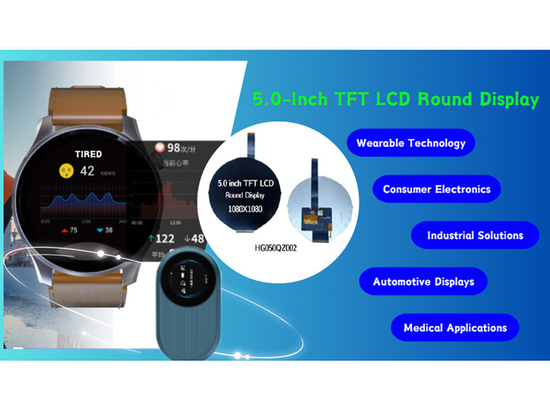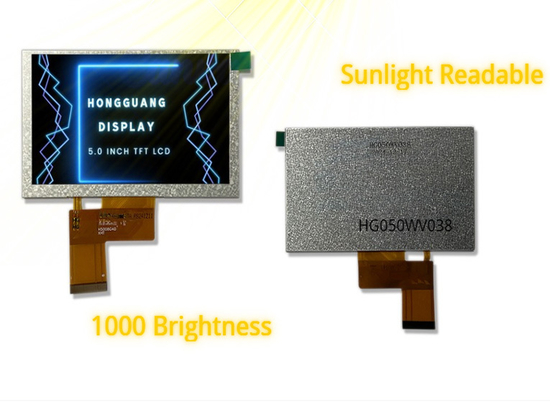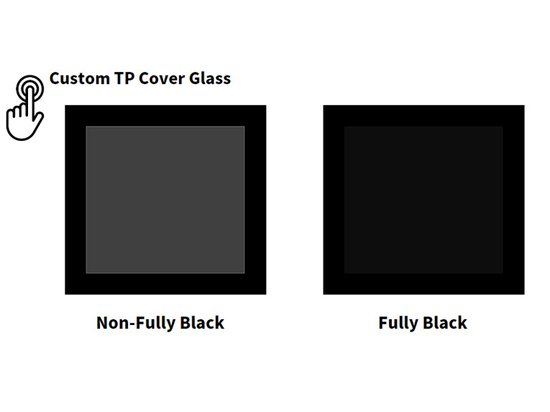
#Industry News
Global Smart Wearable Device Shipments in the Third Quarter of 2023
According to data released by market research firm IDC, the global wearable device market continued to grow in the third quarter of 2023, reaching a record-breaking 148.4 million units, a year-on-year (YoY) increase of 2.6%.
I. Global smart wearable device shipments
According to data released by market research firm IDC, the global wearable device market continued to grow in the third quarter of 2023, reaching a record-breaking 148.4 million units, a year-on-year (YoY) increase of 2.6%.
This marks a continued growth trend in the wearables market and shows continued consumer interest in these smart devices.
In this market, Apple, Xiaomi and Samsung are the main leading companies.
Although Apple remains the leader in the global wearable device market, it encountered certain challenges in terms of shipments in the third quarter.
It shipped 29.9 million units in the third quarter, a 26.7% decrease from 40.8 million units in the same period last year. The market share was 20.2%, down 8 percentage points from the same period last year. This may be due to increased market competition and changes in consumer demand for new wearable devices.
Meanwhile, Xiaomi performed well in the third quarter, with shipments reaching 11.6 million units, a YoY increase of 36%. Its market share was 7.8%, an increase of 1.9 percentage points from the same period last year.
Xiaomi’s success is attributed to its diversified product line and attractive pricing strategy. It has achieved good market share growth in the wearable device market and has become one of Apple’s main competitors.
On the other hand, Samsung faced certain challenges in the third quarter, with shipments of 10.7 million units, a YoY decrease of 9.1%. Despite this, Samsung, as a well-known global brand, still maintains a certain share of the wearable device market.
Jitesh Ubrani, research manager for IDC’s Mobile and Consumer Devices Tracking, pointed out that the wearable device market has been around for a decade and still has a lot of diversity in terms of brands and appearance. The wearable device market is driven primarily by the emergence of smaller and more fashionable designs. This trend has increased consumer demand for small-sized wearable displays.
II. Smart wearable OLED Display
In terms of smart wearables, Shenzhen Hongguang Display Co., Ltd (a manufacturer specializing in TFT LCD and OLED display) develops and produces some small-size wearable displays. Hongguang Display uses advanced OLED technology and has the following advantages.
Wearable watches using OLED technology have the following advantages:
High contrast and vivid colors: making images and text clearer and more vivid on small-size screens. This makes the content on the wearable watch easier to identify and read.
Self-illuminating and high brightness: every pixel in an OLED screen is self-illuminating, so no backlight is required. This enables OLED displays to deliver deep blacks and true blacks in dark environments, while also having high brightness levels so content is clearly visible in a variety of lighting conditions.
Lower power consumption: it can be turned on and off at the pixel level, and only the pixels being used consume energy. Compared with traditional LCD screens, OLEDs can completely turn off pixels when displaying black, thereby saving energy. This allows wearable watches to achieve longer battery life with smaller battery capacity.
Faster response time: OLED display has a fast response time and can achieve fast pixel switching. This is important for displaying moving images or content that needs to be refreshed quickly, providing a smoother, ghost-free display.
Flexibility and curved design: Due to the flexible nature of OLED screens, they can bend and adapt to different shapes more easily. This allows designers to create more personalized and curved wearable watch designs.
Overall, the advantages of using OLED technology in wearable watches include high contrast, vivid colors, self-illumination, high brightness, lower power consumption, fast response time, and flexible design. These advantages allow wearable watches to provide excellent displays while also offering advantages in terms of energy savings and design flexibility.
Hongguang Display Company is committed to providing high-quality, innovative small-size wearable display solutions to wearable device manufacturers. This advanced display technology will bring new development opportunities to the wearable device market and meet consumer demand for a better display experience.
III. Conclusion
As technology continues to advance and consumer needs evolve, the wearable device market will continue to offer innovative and diverse products. To meet consumer demand for high quality, stylish design and advanced functionality. This competition will drive the development of the wearable device market and provide users with more choices and better user experience.





